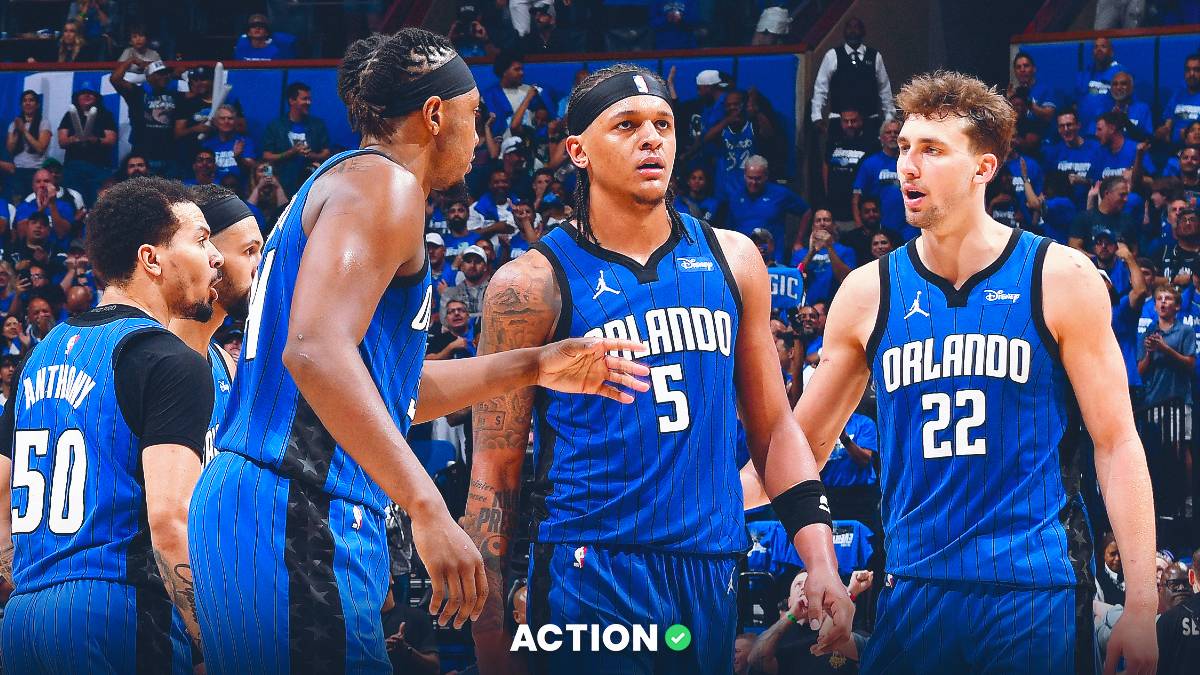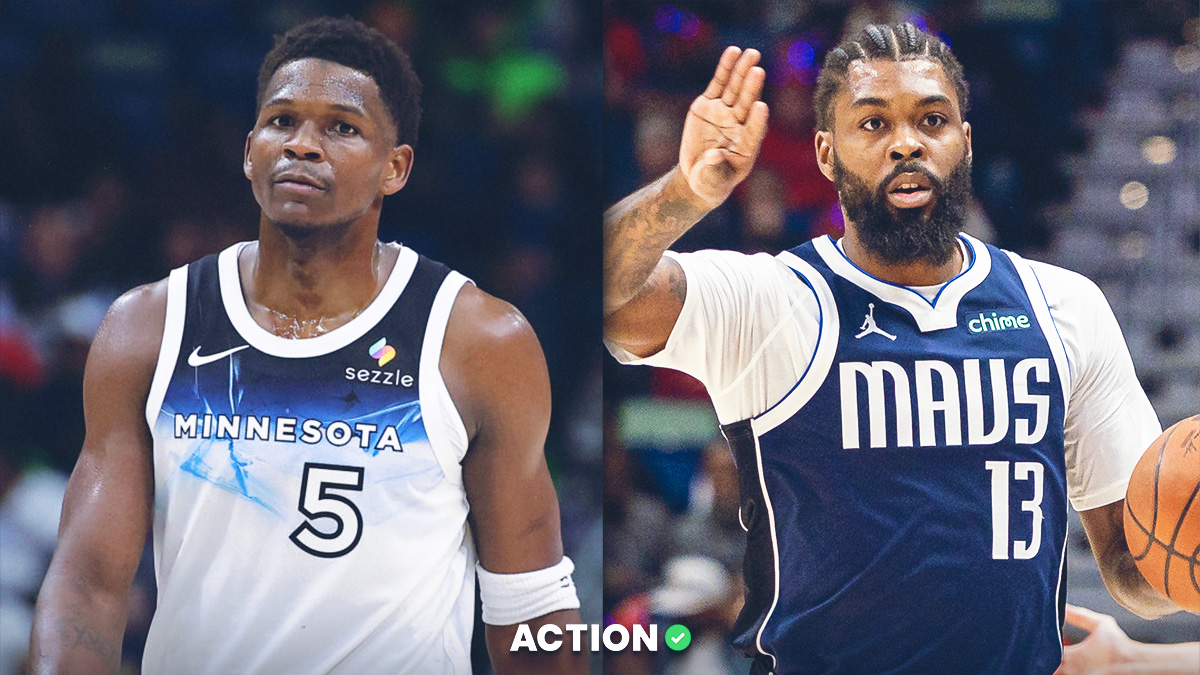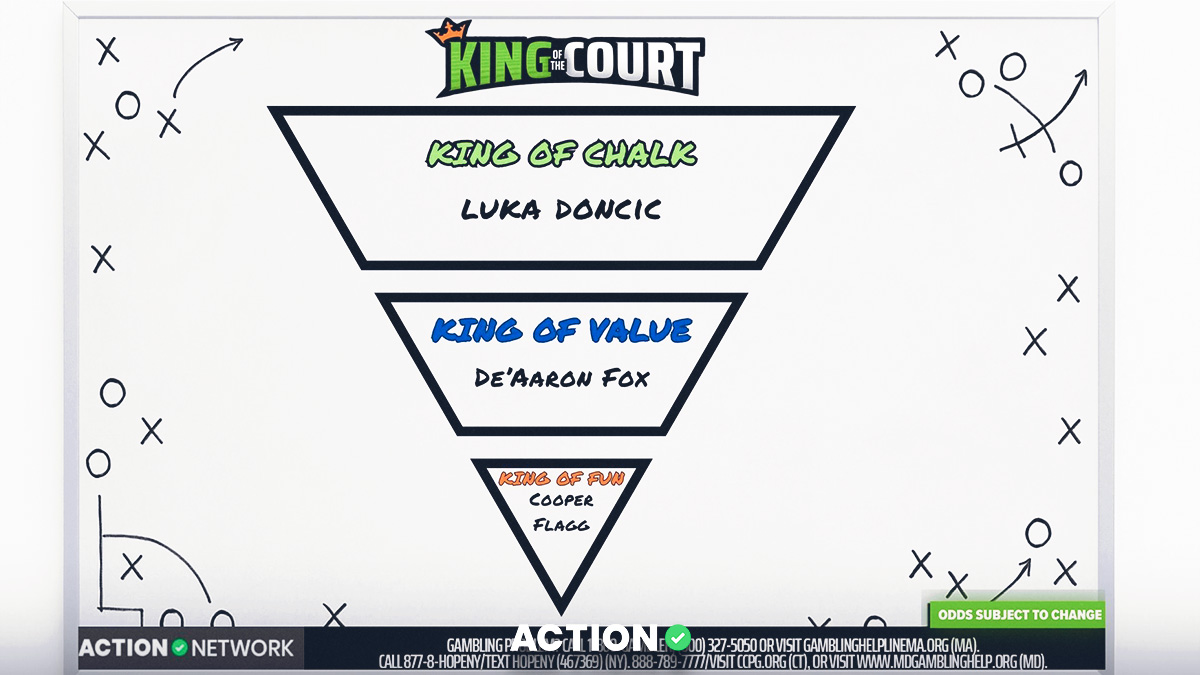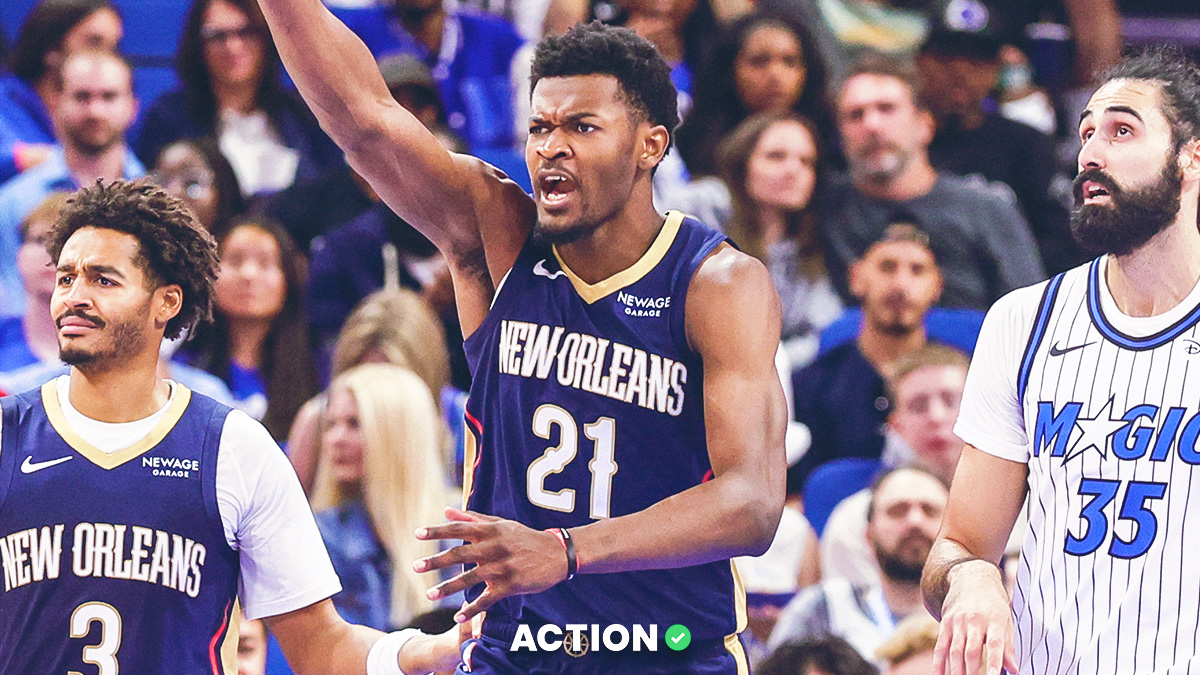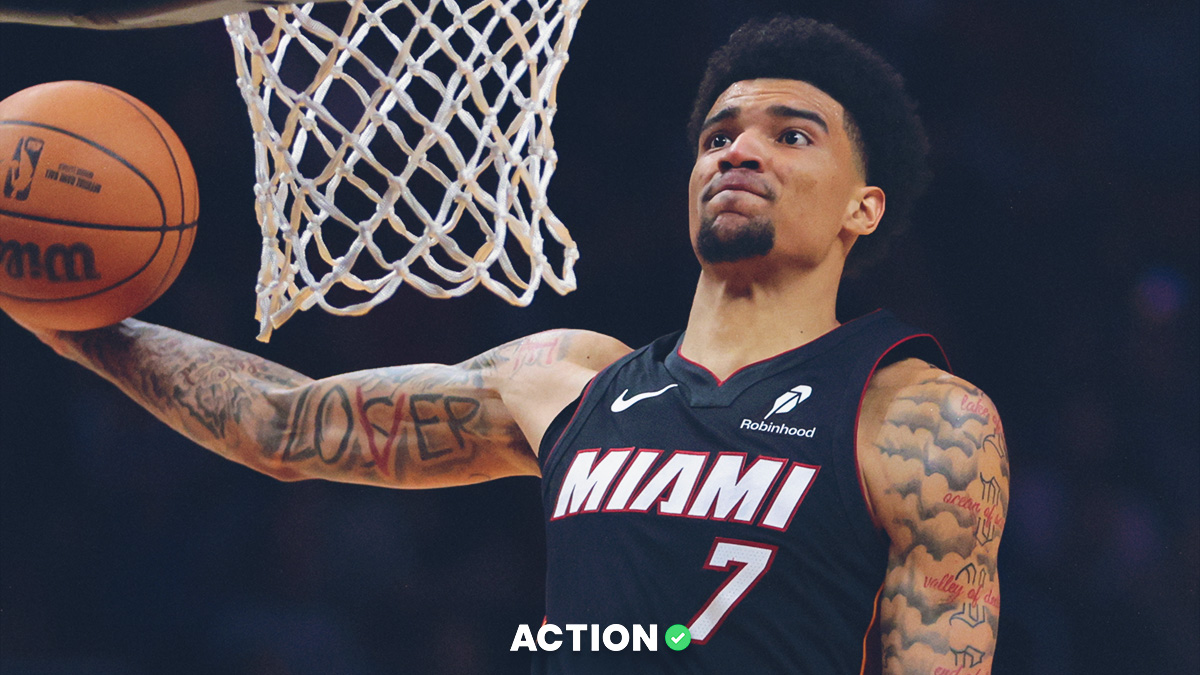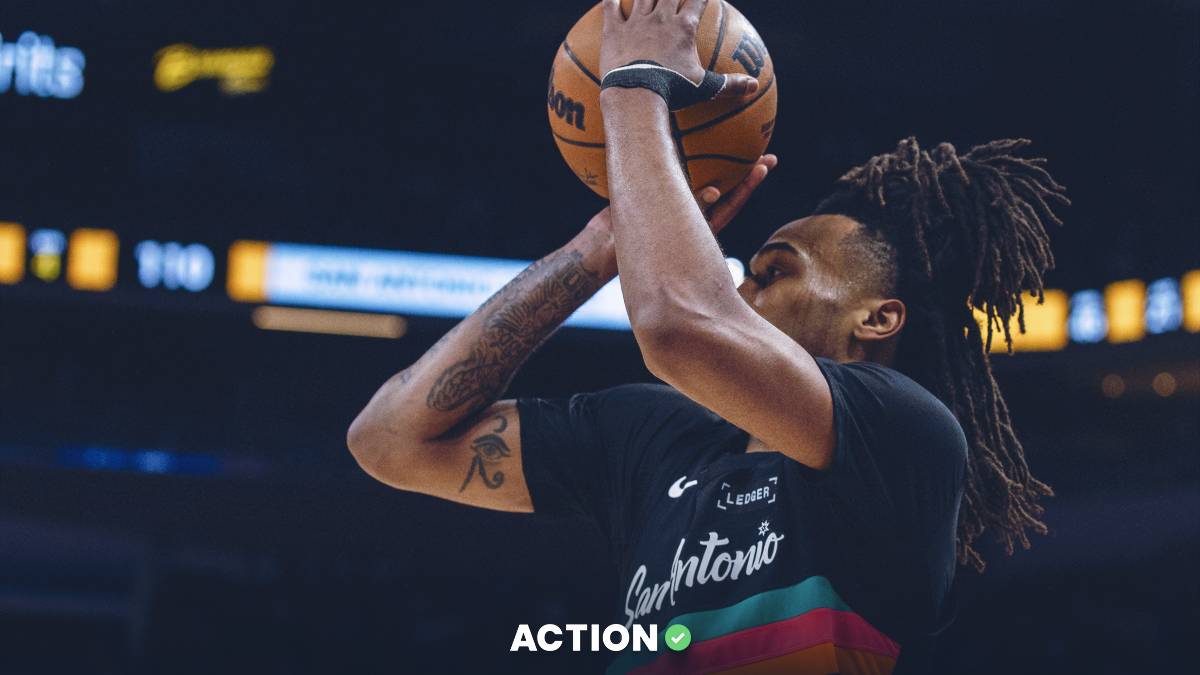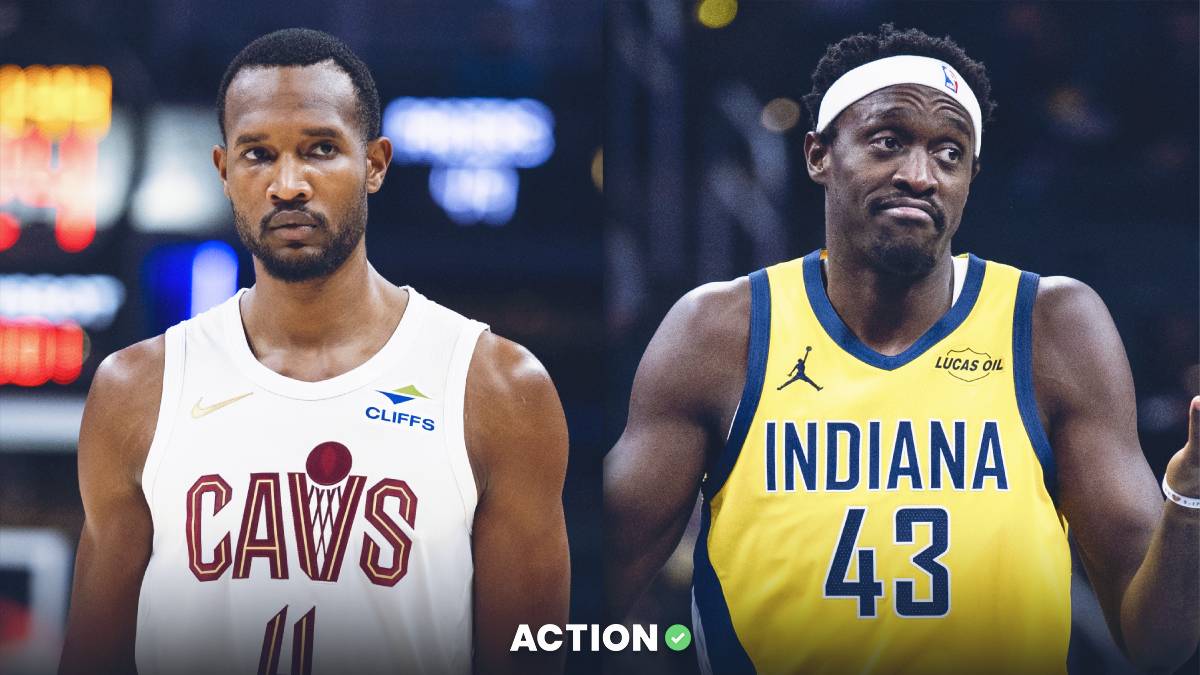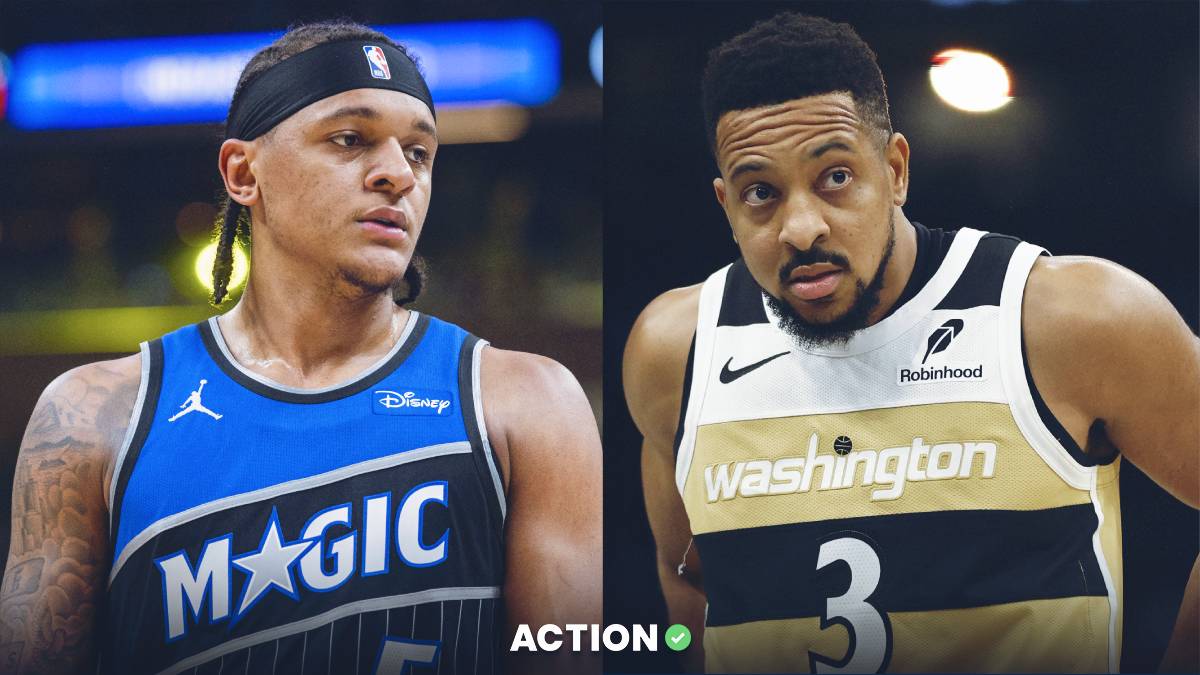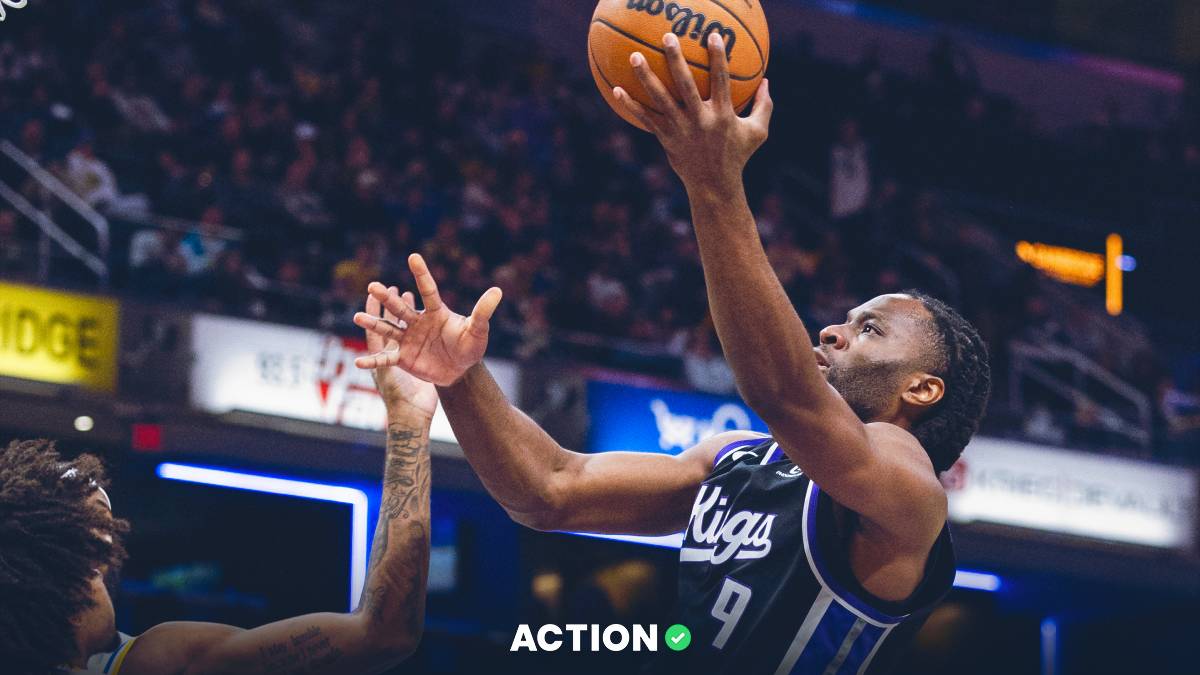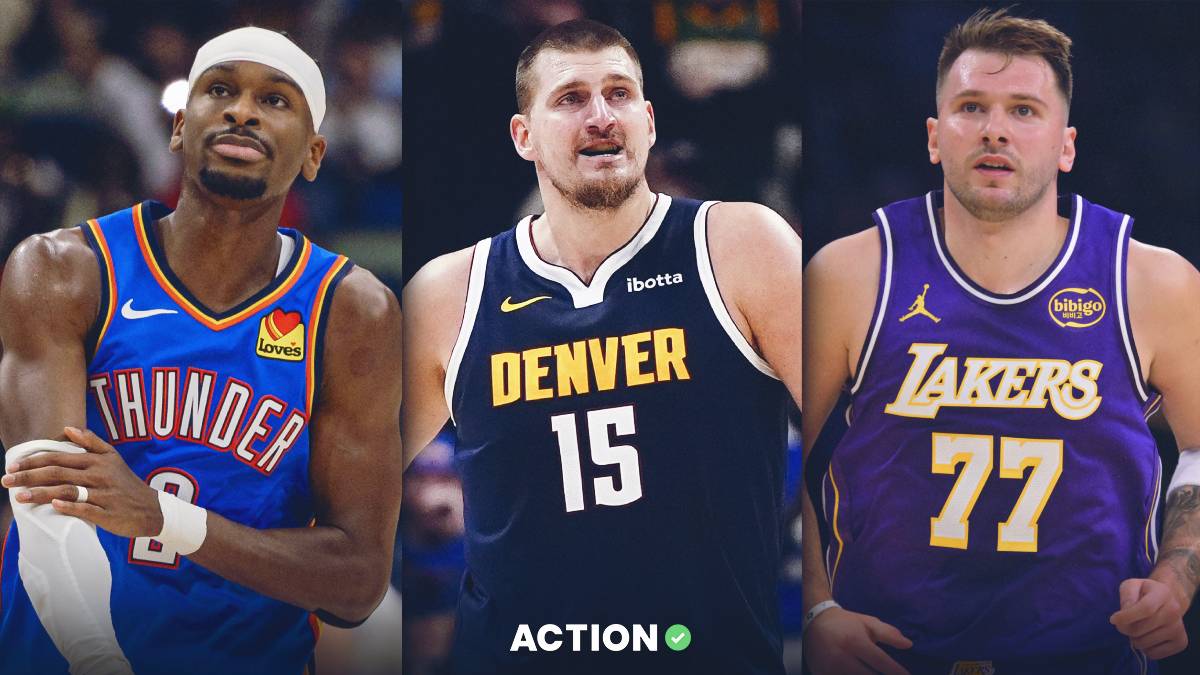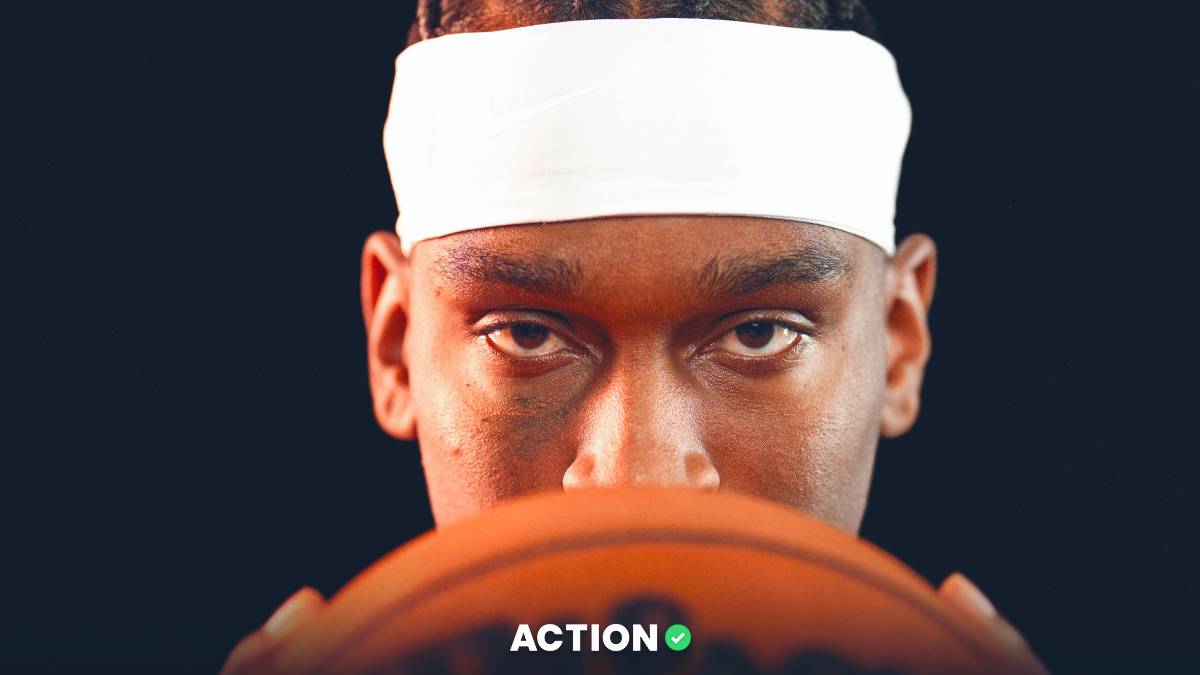The up-and-coming Orlando Magic clinched the third best defense across the NBA this season, and they nearly made the second round before losing Game 7 to Cleveland. Few teams hit the offseason with more flexibility, so Orlando could go in a number of directions.
Check out my ideal offseason for the Magic, which includes one trade and two free-agency signings.
Draft Shooting and Versatility
Orlando has been linked to plenty of star guards because they need to upgrade the rotation. Names such as Trae Young, Darius Garland, Dejounte Murray, and Collin Sexton are popular picks for the franchise.
However, the Magic sit in a unique position given their building blocks. Paolo Banchero and Franz Wagner are superb point-forwards that mostly need the ball to capitalize on their value, so adding a high-usage, ball-dominant guard would detract from what makes them special. As a huge Banchero-Wagner believer, complementing instead of compromising them is the key.
Orlando also covets lengthy, switchable, disruptive defenders that give maximum effort, so that side of the ball is crucial for potential candidates.
Wagner, Jalen Suggs, and Jonathan Isaac need new deals next offseason too, while Banchero and Wendell Carter Jr. require contracts during the 2026 offseason. Orlando must be cautious about adding massive long-term money that cannot be easily dumped.
Due to these numerous factors, Young, Garland, Murray, and Sexton are all undesirable fits with the Magic’s hyper-promising foundation. What’s the plan then? Boston can provide a solid blueprint to follow.
Although the duos are not replicas, Jayson Tatum and Jaylen Brown have similar profiles as Banchero and Wagner. They can carry the bulk of the scoring and playmaking loads as forwards, which is unusual for general roster construction.
The Celtics wisely surrounded their duo with the perfect backcourt of 3-D-C guards – players who can shoot from 3-point range, defend at a high level, and at least competently create off-the-dribble. That archetype is difficult to find, but it’s exactly what fits best with Banchero and Wagner.
Orlando’s wings need to be more ball-dominant than Boston’s, so they don't necessarily require 3-D-C guards with the creation upside of Derrick White or Jrue Holiday. That makes the search easier, as those two are extremely rare players. Fortunately, the Magic already have a 3-D-C guard in Suggs and potentially another in Anthony Black, so they are not starting from scratch.
The million-dollar question: who is available that fits the mold? The 2024 Draft holds such a player, and his name is Devin Carter. The Providence guard stands 6’3” tall and sports nearly a 6’9” wingspan. He’s a relentless point-of-attack defender and hyper-disruptive in passing lanes. Carter’s rim protection from the guard position is such a luxury to have too.
Along with smothering defense, Carter shot 37.7% on 6.8 attempts per game from beyond the arc. Shot quality did not drive the efficiency either, as his 1.35 points per shot on guarded catch-and-shoot attempts ranked in the 95th percentile across the country (via Synergy Sports). His solid rim-finishing also makes him a threat on drives and especially cuts, which is ideal next to Orlando’s playmakers.
Finally, Carter dished out 3.6 assists per game and finished in the 89th percentile for pick-and-roll ball handler points per possession. He does not possess the playmaking chops to be a lead guard, but creating off-the-bounce is definitely in his repertoire. That’s all the Magic need with Banchero and Wagner acting as elite primary creators.
For a player comparison, the 22-year-old can be similar to Oklahoma City’s Cason Wallace with perhaps slightly worse shooting efficiency but a touch more playmaking. A Derrick White ceiling is not out of the question either.
As the cherry on top, Carter will be on a cheap rookie contract for the next four seasons. Given the amount of money that Orlando must soon spend, that’s a huge advantage for the franchise and assuredly beats handing out $30-40M per year plus trading assets for Young, Garland, or Murray.
Carter reportedly has a lottery promise from a mystery team, and he may even crack the top ten. Orlando owns the 18th overall pick, so they must trade up in order to snag the Providence guard.
Magic receive:
- 10th overall
Jazz receive:
- 18th overall
- 2025 1st via Nuggets (top 5 protected)
Danny Ainge and the Utah Jazz collect another future first to use as trade ammunition, yet they still maintain a quality pick in this draft. On the other side, Orlando secures their long-term guy for the price of a projected late first-rounder next year. If Utah surprisingly declines the offer, then Chicago (11th overall) may jump at the chance to add extra draft capital. Portland (7th, 14th) could be another target.
Meanwhile, the Magic still possess the 47th pick in the draft to add depth. Jalen Bridges is the ideal selection for them. The 6’8” forward shot a 41.2 3PT% on just over five attempts per game, and he maintained decent efficiency on tight contests. He’s a smart team-defender with the chops to guard numerous positions and roles too.
Bridges’ minuscule on-ball upside and age (23) likely drop him to the early or middle second-round. Trading 47th plus a future second to reach the 30s and ensure his selection is definitely a reasonable plan for Orlando if they believe he won’t last to their pick.
Overall, the Magic walk away from the draft with a perfect long-term guard and 3&D wing depth, which leaves them with roughly $30M in cap space. Declining 36-year-old Joe Ingles’ team option then inflates that total to $41M.
Markelle Fultz, Gary Harris, Goga Bitadze, and Chuma Okeke are free agents, but Orlando should pass on them and instead use the space to find superior long-term fits.
Further Improve the Guard Rotation
Armed with a plethora of cap space, they have the potential to add two key free agents.
Firstly, Orlando decides to poach a veteran guard from Philadelphia to fortify the rotation. De’Anthony Melton struggled with a back injury last season, but he’s an excellent on-ball defender when healthy who absolutely decimates passing lanes. Alex Caruso led the NBA in steal percentage at 2.9% – Melton owns a career steal percentage of 3%.
The former Sixer has also made 460 of his past 1200 3-point attempts over the past four regular seasons, which is a 38.3% efficiency. He also has chipped in around three assists per game throughout his career. Melton is by no means a great on-ball creator, but the veteran can at least put the ball on the floor and occasionally make players for others. Essentially, opponents cannot expect him to merely sit in the corner and therefore place a defensive liability on him.
Defense is easily Melton’s strongest leg of the 3-D-C criteria, but the fact that he’s effective in the other two pillars makes him a tantalizing piece for Orlando. He just turned 26-years-old too, so signing him long-term contains only prime seasons. Melton can anchor the starting backcourt next to Suggs before becoming a bench stabilizer once Carter is ready to take over.
Based on Philadelphia’s desire to keep him plus potential interest from other suitors, it will take a substantial deal to lure Melton. A four-year contract worth $66M total with the following structure is a reasonable agreement for both sides: $18M for the first two seasons before it drops to $15M for the final two seasons. Front-loading the deal gives Orlando more flexibility when the massive extensions hit, and Melton receives a larger share earlier.
Find Another Stretch-Five
After signing Melton, Orlando would own about $23.3M left in cap space. Isaiah Hartenstein and Nic Claxton both have appeal, but their invisible outside shooting represents considerable red flags. Banchero and Wagner need space to slash, and a non-shooting center allows opposing big men to camp in the paint and be a major obstacle. Therefore, finding another stretch-five to pair with Carter Jr. is a priority for the Magic. This strategy would again follow Boston’s blueprint, as they possess two knockdown shooters in Kristaps Porzingis and Al Horford.
An intriguing buy-low option on the market is Jalen Smith. He possesses a $5M player option, and the Pacers backup could test the free agency waters after an encouraging season.
Per Basketball Index, Smith was one of three centers (Horford, Naz Reid) to attempt at least four catch-and-shoot 3-point attempts per 75 possessions while also clearing 40% on those looks. Lower the bar to 38% efficiency, and the list also includes Porzingis, Chet Holmgren, and Dario Saric.
Although Smith’s outside shot is his big draw, he’s also a capable roller with enough touch around the basket to convert through contact. Orlando can utilize him on pick-and-pops or slips to the basket, which sows confusion into the defense.
Meanwhile, of the 47 centers with at least 1000 minutes this season, Smith ranked the following in Basketball Index’s metrics:
- 16th in defensive role versatility
- 18th in rim dFG% versus expected
- 20th in rim points saved per 75 possessions
He’s not a force, but Smith can bring solid rim protection to the table along with mobility. His decent all-around skill set would deem him a quality backup center for Orlando, especially given the 3-point ability. Valid concerns about Tyrese Haliburton inflating his stock may lower Smith’s market perception. A four-year, $32M deal ($8M per year) subsequently seems about right, which should be enticing enough for the 24-year-old to opt out and sign.
Future Outlook
Overall, Orlando would enter the 2025 season with about $15M in cap space, all of their future first round picks, and the following depth chart:
- Jalen Suggs, De’Anthony Melton, Franz Wagner, Paolo Banchero, Wendell Carter Jr.
- Devin Carter, Anthony Black, Caleb Houstan, Jonathan Isaac, Jalen Smith
- Cole Anthony, Jett Howard, Jalen Bridges, Moritz Wagner
How are opponents supposed to create advantages against a guard rotation that features Suggs, Melton, Carter, and Black? It’s a revolving door of lengthy, relentless defenders that apply tremendous pressure. Good luck getting a favorable switch too with Wagner, Banchero, Isaac, and Carter Jr. lurking.
The Magic also added some much-needed outside shooting and creation around their star duo compared to last season. Was it enough? At this point, it’s unknown because the Magic are not on a fixed trajectory. Banchero, Wagner, Suggs, Black, Carter, Howard, Houstan, and Bridges are all 23-years-old or younger, so internal development could take the core to unexpected places.
That’s a crucial point for Magic fans to understand. It’s not a fix-it-all offseason where Orlando enters the year with a cemented, perfect long-term roster and an iron-clad idea about what the depth chart needs.
Making steps in the right direction without compromising flexibility is the key. They probably need to upgrade from Carter Jr. sooner or later, and adding a reserve forward that can reliably score off-the-dribble may be necessary too. However, forcing the issue with theoretically flawed replacements only hurts Orlando in the long run. Add a few impactful complementary pieces, preserve financial and draft-capital flexibility for future moves, and stay relatively patient – that’s the ideal offseason for the Magic.


